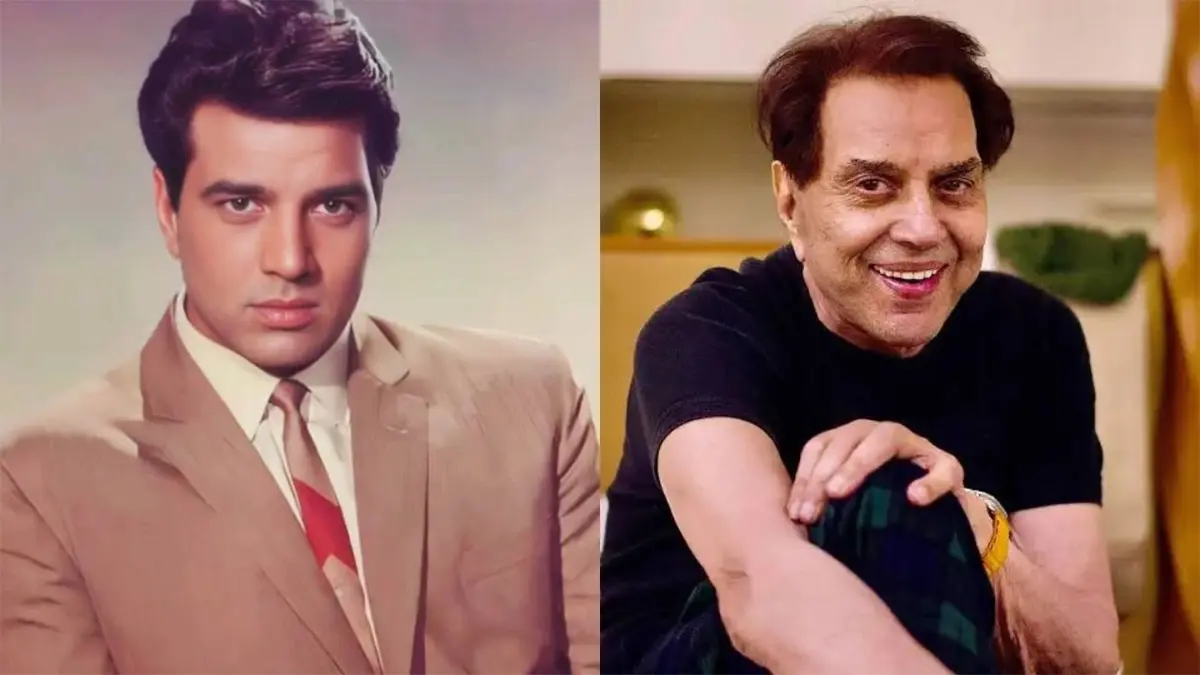
Centre has reportedly made integration of the existing network with the Phase II expansion a condition for approval of proposal for a joint venture with the State government.
| Photo Credit: RAMAKRISHNA G
The sudden shift of Hyderabad Metro Rail (HMR) and Hyderabad Airport Metro Limited (HAML) Managing Director N.V.S. Reddy from his post — held since 2007 — marks the end of a long tenure that began during the united Andhra Pradesh, when Dr. Y.S. Rajasekhara Reddy was Chief Minister.
Mr. Reddy was absorbed into the State government in 2009 and officially retired in 2016. However, he continued to receive annual extensions as he oversaw the construction and commissioning of the first phase of the metro — 69.2 km across three corridors —between 2012 and 2017, and remained in charge thereafter.
A possible trigger for the government’s decision could be L&T Metro Rail Hyderabad (L&TMRH), which built and operates the first phase, offering to sell its equity to the Centre or State instead of agreeing to integrate its existing infrastructure — trains and systems — with the proposed second phase of 76.4 km, estimated to cost ₹24,269 crore across five corridors.
The Centre, approached for a joint venture with the State government to secure sovereign guarantees for international funding, has reportedly made integration a condition for approval. Although HAML had prepared a perspective plan, L&T’s top management declined to sign off, citing financial and operational challenges from phase one.
A deliberate leak to the media about the firm’s unwillingness to integrate services — citing losses of ₹5,000 crore and lack of government support — may have upset Chief Minister A. Revanth Reddy, prompting the leadership change.
Mr. N.V.S. Reddy, an Indian Railways Accounts Service (IRAS) officer from the 1983 batch, gained early project experience working with Delhi Metro’s legendary MD E. Sreedharan on the Konkan Railway. He later joined the Andhra Pradesh government on deputation, serving in the power sector. He later took charge of MMTS as second MD and also served as Additional Commissioner (Traffic & Transportation) in the Municipal Corporation of Hyderabad (MCH), overseeing the completion of MMTS phase one (45 km), construction of flyovers at Begumpet, Punjagutta, Malakpet, and Chandrayangutta, and several junction improvements.
Mr. Reddy conceptualised BRTS first when MMTS phase II was not taking off, he quickly moved into HMR phase one, taking it up as the world’s largest public-private partnership (PPP) metro project at an initial cost of ₹12,132 crore. Under the guidance of former Chief Secretary S.P. Singh and Planning Commission advisor Gajendra Haldea, Mr. Reddy played a key role in enacting the Central Metro Railways Act, replacing the outdated Tramways Act. This enabled States to undertake metro projects independently of Indian Railways. He also contributed to the Model Concessionaire Agreement, which formed the basis for L&TMRH’s involvement.
Mr. Reddy weathered the Maytas fiasco and served through successive Congress governments until Telangana’s formation, when he faced challenges over alignment changes demanded by the new administration. The 10-year BRS rule was a testing period — though no new lines were taken up, he completed the 71.2 km first phase, balancing public interest with private sector efficiency. He was confident of executing phase two under the current government’s direction, but internal contradictions appear to have made the situation untenable.
Published – September 16, 2025 09:50 PM is





